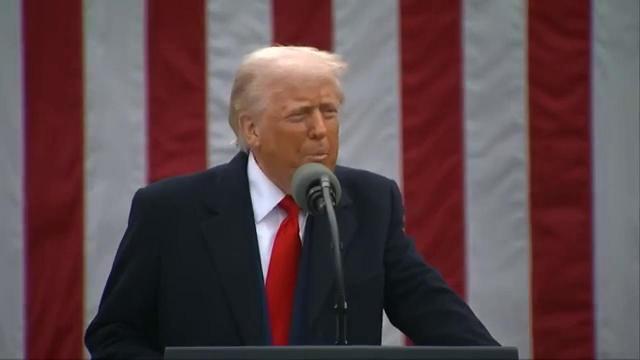Manufacturing Resurrection: Trump's Promise vs. Economic Reality

In a bold economic strategy, President Donald Trump has championed the revival of American manufacturing, positioning tariffs as a key tool to reinvigorate domestic production. His vision aims to bring industrial jobs back to the United States, promising to strengthen the nation's economic backbone and create opportunities for American workers.
By leveraging strategic trade policies and implementing targeted tariffs, Trump seeks to level the playing field for American manufacturers, making domestic production more competitive against international rivals. The approach represents a significant shift in trade philosophy, prioritizing local economic interests and job creation.
The president's commitment to manufacturing renaissance signals a potential transformation of the U.S. industrial landscape, with the potential to revitalize communities that have experienced economic decline and job losses in recent decades. Through these trade measures, Trump hopes to reignite America's industrial might and restore the country's manufacturing prowess on the global stage.
